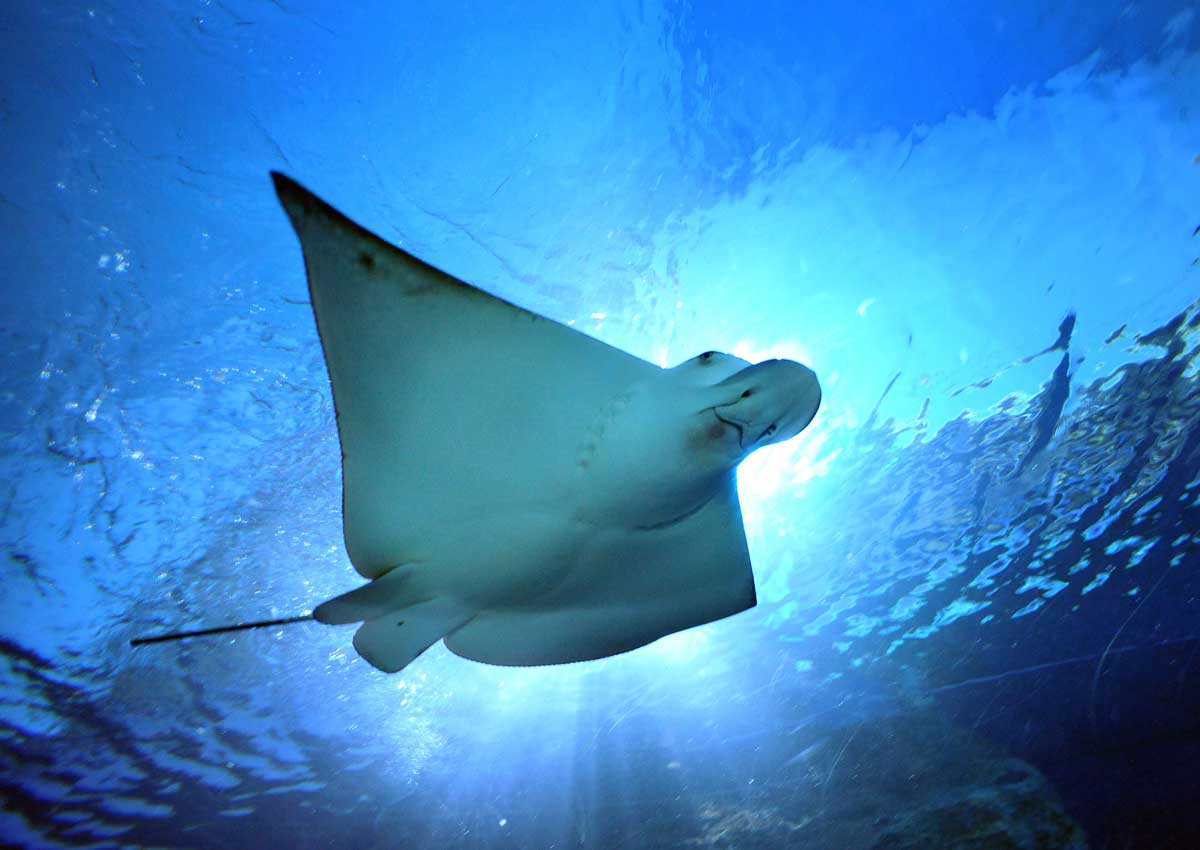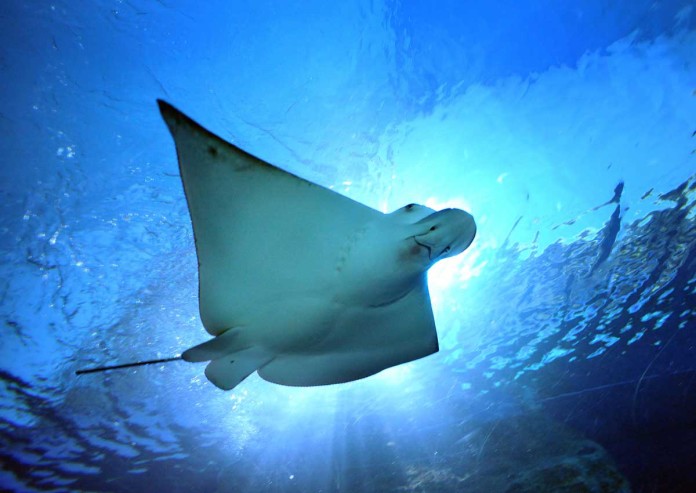Prime Minister General Prayut Chan-o-cha yesterday ordered relevant agencies to determine the cause of the recent multiple deaths of giant freshwater stingrays.
Meanwhile, Samut Songkhram officials are planning to set up a “war room” to coordinate efforts to establish whether a toxic wastewater substance is responsible.
At least 49 stingrays have been found dead in the Mae Klong River in recent weeks.
“Giant freshwater stingrays must be protected. They are indicators of abundance,” Prayut said yesterday after emerging from the Cabinet meeting.
The Mae Klong River runs through three provinces, including Samut Songkhram and Ratchaburi that have seen stingray deaths during the past week.
The river is connected to two other rivers from Samut Sakhon and Phetchaburi.
“We will have to urgently convene a meeting of authorities involved in these five provinces,” Samut Songkhram Governor Kanchat Tansathian said yesterday.
“We need to determine first what caused the stingray deaths.
If it is confirmed that toxic substances are the cause, we then can move further to identify who released them into waterways,” Kanchat said.
He was speaking after he met with relevant officials in his province and also representatives from civil and environmental groups.
“We will examine sediments in detail again,” Kanchat said.
Dr Nantarika Chansue, who heads the Veterinary Medical Aquatic animal Research Centre at the Chulalongkorn University’s Faculty of Veterinary Science, suspects the stingrays died of after ingesting toxic substances.
“Blood tests show chemicals with toxicity to kidney and gum systems were found in the bodies of stingrays that we have rescued from the Mae Klong River,” she said.
She discounted that the recent stingray deaths could be due to illness, pointing out that the rescued stingrays had apparently eaten food.
“Stingrays won’t eat if they fall ill,” she said.
According to the Fisheries Department, the two rescued stingrays are pregnant. They are being nursed back to health at a research centre in Samut Songkhram.
The department’s deputy director-general Meesak Pakdeekong said his agency had also joined the efforts to determine the cause of the stingray deaths.
He said it would be difficult to identify where wastewater – if any – was discharged into the Mae Klong River to worsen the water quality to a point that killed the stingrays.
“Samut Songkhram sits by the seaside.
There are low tides and high tides involved.
There are also rain factors. The Mae Klong River is also winding,” Meesak said.
Bandhit Pansawat, a coordinator for the Self-Managed Samut Songkhram Group, said authorities had accepted information gathered by his network.
“This is a good step. Next, we are in the process of conducting a signature campaign in support of our plan to attract integrated, national attention to protect the Mae Klong River,” he said.






